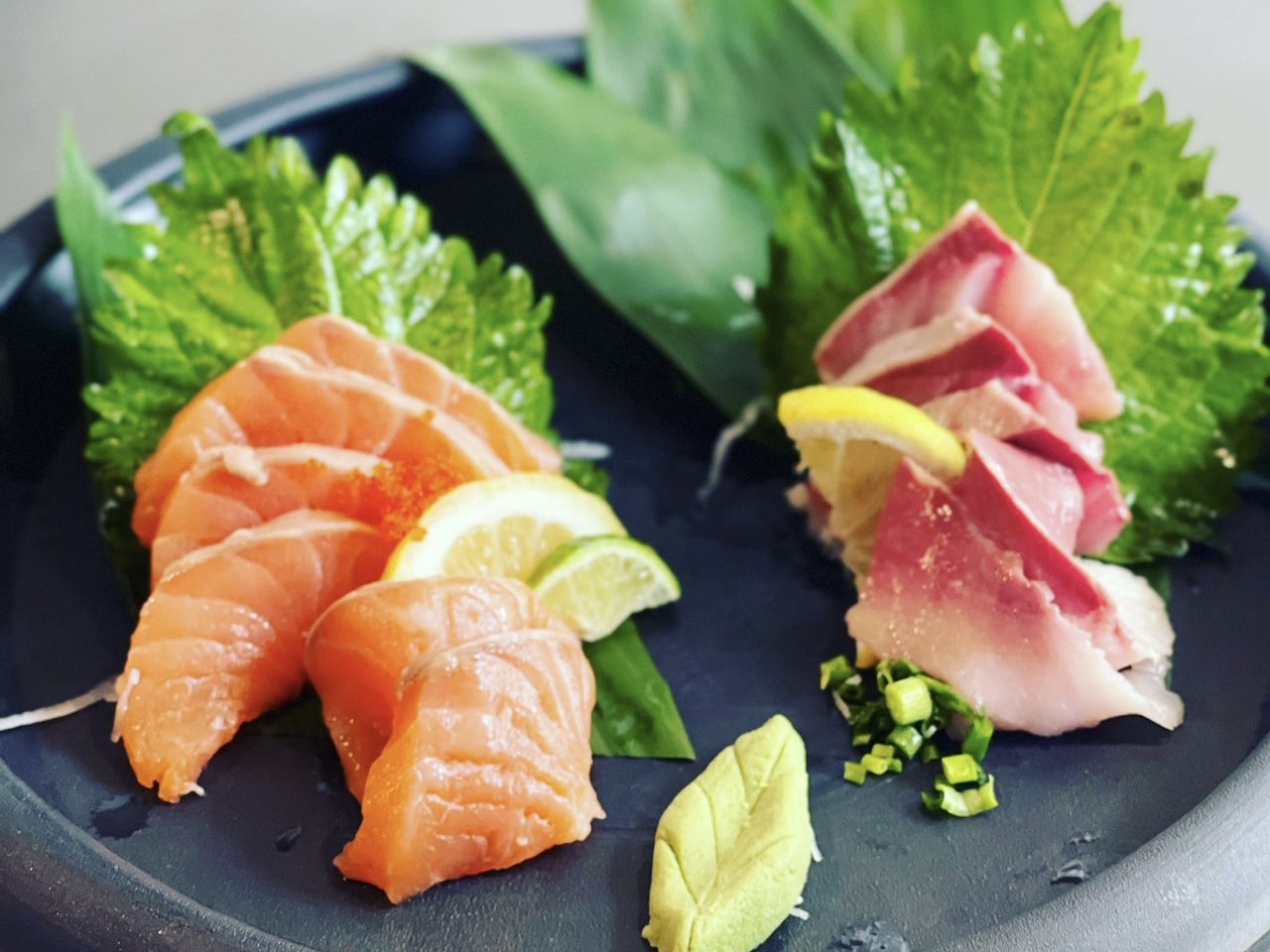Japanese knives are renowned for their precision, craftsmanship, and specialized designs tailored to various culinary tasks. Here’s a comprehensive guide to the most common types of Japanese knives, their features, and uses.
Yanagiba Knife
Characteristics: The Yanagiba knife features a long, thin blade ideal for precise cuts.
Uses: Primarily used for slicing sashimi and sushi, providing clean cuts.
Sakimaru Takohiki Knife
Characteristics: The Sakimaru Takohiki knife has a long, thin blade with a slightly curved tip, designed for slicing octopus and other seafood.
Uses: Ideal for preparing sashimi, especially octopus.
Deba Knife
Characteristics: The Deba knife is heavy and thick, designed for butchering and filleting fish.
Uses: Ideal for cutting through fish bones and meat.
Gyuto Knife
Characteristics: The Gyuto knife is versatile with a curved blade, suitable for various cutting tasks.
Uses: Ideal for chopping, slicing, and dicing vegetables, meat, and fish.
Nakiri Knife
Characteristics: The Nakiri knife has a straight, rectangular blade perfect for cutting vegetables.
Uses: Best for chopping, slicing, and dicing vegetables with precision.
Santoku Knife
Characteristics : The name “santoku” translates to “three virtues” or “three uses,” referring to its ability to handle a wide variety of ingredients (fish, meat, and vegetables) .
Uses: Perform multiple tasks (chopping, dicing, and slicing).







